1. Model Train Building
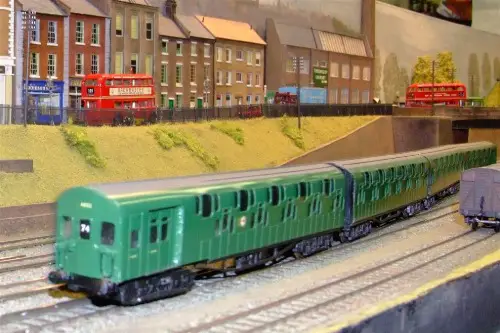
Model railroading was the gold standard of intricate, hands-on hobbies in the mid-20th century, according to Peter Marriot from Model Rail Magazine. Entire basements were transformed into elaborate miniature worlds, complete with mountains, tunnels, and tiny towns. The appeal was in the detail and the engineering—you weren’t just playing, you were building something grand. Brands like Lionel and Märklin became household names among enthusiasts.
This hobby saw its heyday between the 1950s and 1970s, especially among fathers and sons. Clubs sprang up across the country, hosting events and competitions that drew big crowds. It required patience and a love of precision, which made it more than just child’s play. These setups could take years to perfect, making them a real labor of love.
2. Pen Palling
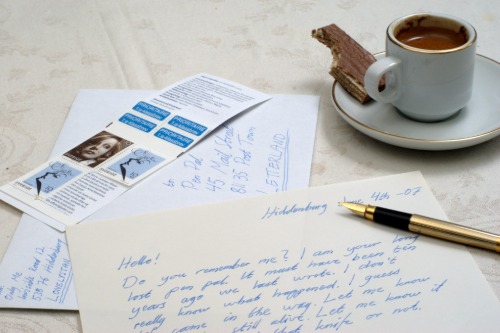
Before DMs and emails, Americans used to handwrite letters to complete strangers, hoping to build friendships across distances, Jessica Bateman from The Guardian explains. Pen palling was especially popular during the Cold War era, when programs connected students from different countries to promote peace. Writing a letter wasn’t just communication—it was a commitment to thoughtfulness and connection. And let’s be real: getting a personal letter in the mailbox just feels good.
Many kids found pen pals through school programs or magazine listings. Some of these letter-based friendships lasted decades, even without ever meeting face to face. The act of writing, waiting, and responding made the relationships feel more meaningful. It was social networking, just with stamps and envelopes.
3. Rock Tumbling
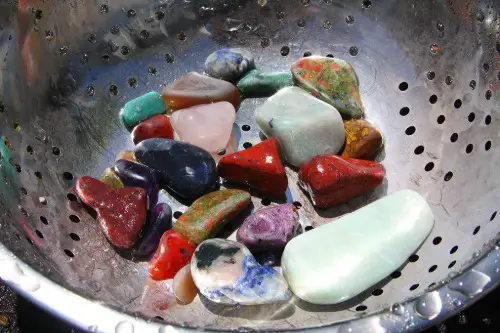
There was a time when a rock tumbler was a hot-ticket item on a kid’s birthday wishlist. The joy of turning rough, dusty stones into shiny, smooth treasures felt like a little bit of backyard alchemy, according to Daniela Kretchmer from AB Crafty. Popularized in the 1960s and ’70s, rock tumbling tapped into America’s obsession with science, geology, and DIY discovery. It was both a hobby and a science lesson rolled into one.
Kids (and adults) would spend weeks polishing their finds from nature hikes or driveway gravel. The machines were noisy and the process was slow, but that was part of the magic. By the time the rocks came out gleaming, you felt like you’d really earned it. These days, it’s niche—but it once had its own proud section in toy stores.
4. Ham Radio Operation
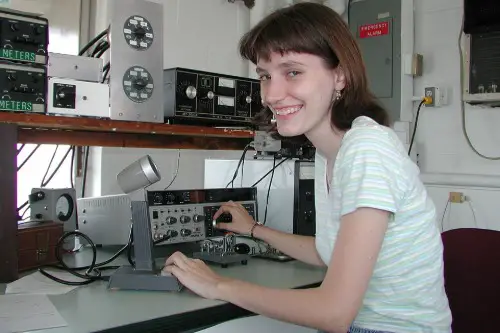
Before there was Reddit or Discord, there was ham radio. Thousands of Americans used these amateur radio systems to connect with people across the country—and sometimes even the globe. It wasn’t just a hobby; it was a whole community, complete with call signs, radio etiquette, and DIY antenna setups, according to Edwin Robledo from AutoDesk. Getting licensed was a rite of passage for many hobbyists, especially after WWII, when returning soldiers helped popularize it.
People would spend hours tinkering with their gear and scanning frequencies for new voices. Some even made lifelong friends through the crackle of static. It wasn’t just for nerds in basements, either—schools and civic groups often had their own stations. The internet may have made global communication easier, but ham radio was doing it long before modems were a thing.
5. Stamp Collecting
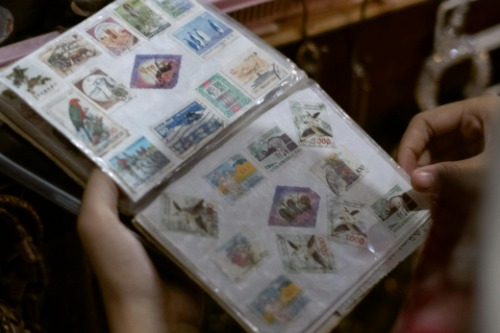
Known as philately, stamp collecting was once the number-one hobby in America, especially from the 1930s through the 1970s, according to Nicole Mowbray from The Guardian. Collectors found beauty, history, and geography in these tiny paper squares. Every new stamp release was an event, and post offices would even run promotional campaigns to encourage collecting. Presidents, astronauts, and even Elvis made their way onto collectible issues.
Stamp clubs were widespread, often meeting in libraries or school gyms. Kids would trade and display their collections with pride, learning about the world as they did. There was a detective-like thrill in tracking down rare stamps or international issues. Though email put a dent in snail mail, the hobby still lives on in quieter corners.
6. Roller Skating
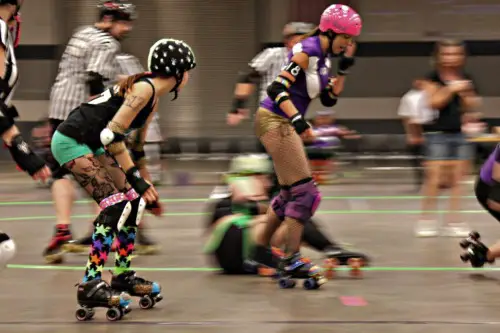
From the 1950s to the early 1980s, roller rinks were the place to be on a Friday night. Whether it was disco-infused or family-friendly, roller skating was equal parts sport, fashion, and social scene. With funky lights, loud music, and a lot of polyester, skating felt like freedom on wheels. It wasn’t just for teens, either—adult leagues and figure skating were popular too.
During the roller disco craze of the late ’70s, rinks were often packed wall-to-wall. It was an affordable night out that let people move, groove, and flirt under the neon glow. The skating boom also led to a surge in home skate sales and driveway practice sessions. While rollerblades made a brief comeback in the ’90s, nothing quite matches the heyday of the classic four-wheel skate.
7. Soap Carving
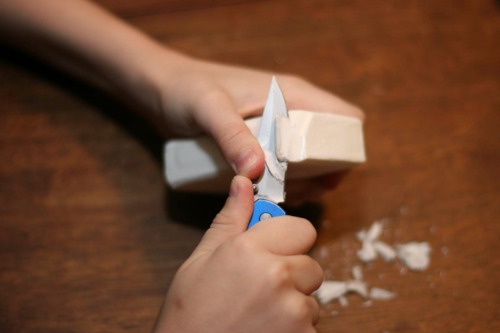
Soap carving became a surprisingly widespread hobby during the Great Depression, when cheap and accessible crafts gained popularity. A bar of Ivory soap and a butter knife could keep kids entertained for hours. Schools and 4-H clubs even included soap carving competitions and classes as part of art or home economics programs. It was a creative outlet that didn’t cost a dime.
The soft texture of soap made it easier for beginners than wood or stone carving. Figures, animals, and floral designs were popular subjects, with some carvings getting impressively detailed. This was art for everyone, no fancy tools required. And the best part? Your hands smelled amazing afterward.
8. CB Radio Chatting
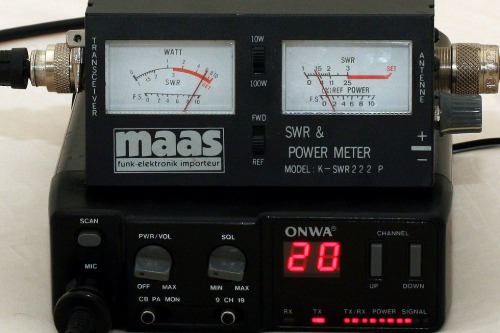
In the 1970s, CB (Citizens Band) radio was the ultimate way to chat with strangers—especially if you were a trucker, road tripper, or just liked pretending to be one. Thanks to popular movies like Smokey and the Bandit, the CB craze exploded. People created their own “handles” (nicknames), lingo (“10-4, good buddy”), and a whole culture of code and conversation. It was a mix of roleplay, communication, and pop culture in real time.
You didn’t need a license, so anyone could hop on and start chatting, often about road conditions, gossip, or just to pass the time. It created a sense of community on the highways and in small towns alike. At its peak, millions of Americans owned a CB radio. It was basically Twitter for gearheads—with a lot more static.
9. Coin Collecting
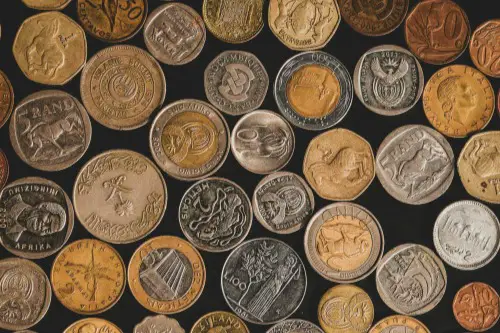
Coin collecting, or numismatics, was another incredibly popular mid-century hobby that blended history, economics, and a bit of treasure hunting. Every coin told a story, whether it was a rare mint error or a commemorative issue. Kids would beg their parents to check pocket change for wheat pennies or silver quarters. The U.S. Mint even encouraged collecting with special proof sets and historical releases.
Coin clubs were a fixture in many towns, and major coin shows drew enthusiasts from across the country. Collectors learned to spot fakes, grade condition, and even track coins’ travel history. The 50 State Quarters program in the late ’90s gave the hobby a revival, but the true heyday was earlier. For many, it started as a childhood fascination and turned into a lifelong passion.
10. Puzzle Solving
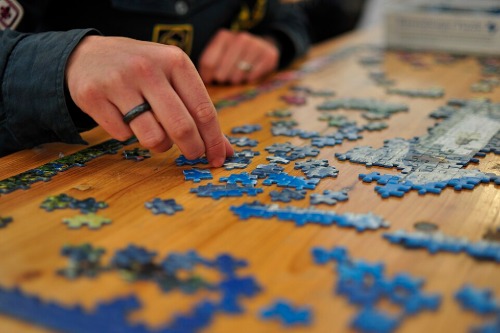
Long before Wordle or Candy Crush, puzzles were a go-to pastime for Americans of all ages. Jigsaw puzzles in particular saw major booms during the Great Depression and World War II, when people sought cheap, wholesome entertainment. Families would gather around the table to tackle 1,000-piece masterpieces, often gluing them to cardboard and hanging them up afterward. It was entertainment that required zero electricity but tons of brainpower.
Crosswords, too, were a national obsession, especially after The New York Times started running them in 1942. Sunday mornings weren’t complete without a pencil and some coffee-fueled squinting. Puzzle magazines flew off newsstands, and solving them became part of many people’s daily ritual. These brainy pastimes fostered patience and sharp thinking—skills still worth keeping.
11. Building Ship Models
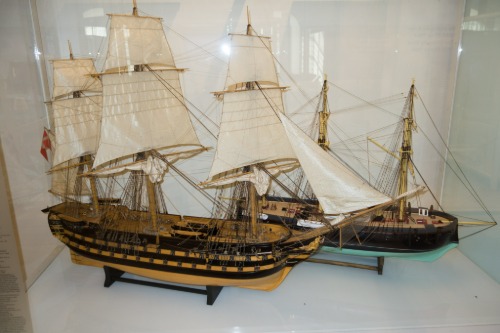
Miniature ship building wasn’t just for sailors or war buffs—it was a serious craft that appealed to detail lovers and history fans alike. Kits often replicated famous vessels like the USS Constitution or the Titanic, complete with tiny cannons, rigging, and hulls. This hobby reached peak popularity in the 1950s and ’60s, when it was common to see ship models proudly displayed in dens or libraries. Museums and maritime societies helped keep the interest alive.
Model shipbuilding required precision, steady hands, and a lot of patience. It wasn’t uncommon for a single model to take months to complete. Some hobbyists even moved on to scratch-building, crafting ships entirely from raw materials. It was part art, part engineering, and a full-on tribute to seafaring history.
12. Kite Making and Flying
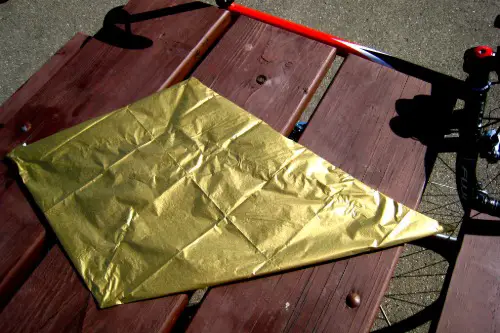
Back when weekends weren’t consumed by screens, kite flying was a beloved pastime that got everyone outside. But before you could buy one off the rack, people made them at home using newspaper, sticks, and string. The process of building and decorating your own kite was almost as fun as flying it. And once it was airborne, there was something magical about watching it dance against the sky.
Annual kite festivals in the U.S. date back to the early 20th century, especially around springtime. Families would flock to open fields or beaches, string in hand and hopes high. It was simple, low-tech joy that felt like an event every single time. And it quietly taught lessons about wind, weather, and patience.
13. Whittling
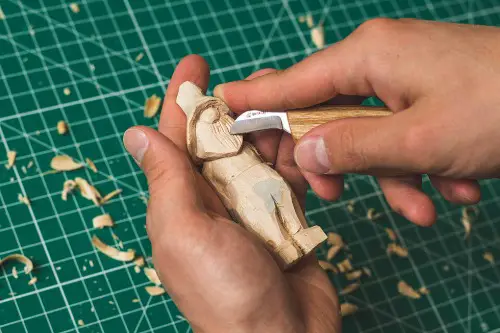
Long before fidget spinners, whittling was how people kept their hands busy—and their minds calm. With just a pocketknife and a piece of soft wood, folks would pass time carving animals, faces, or abstract designs. It was especially popular in rural areas and among older generations who grew up before the age of TV. Sitting on the porch and carving was practically a cultural ritual in parts of America.
Whittling didn’t require fancy materials or training—just a little skill and a lot of time. Scouts often learned it as part of earning merit badges, and older whittlers were always eager to share tips. It was about slowing down and letting the wood tell you what it wanted to be. In its way, it was both meditative and productive.


